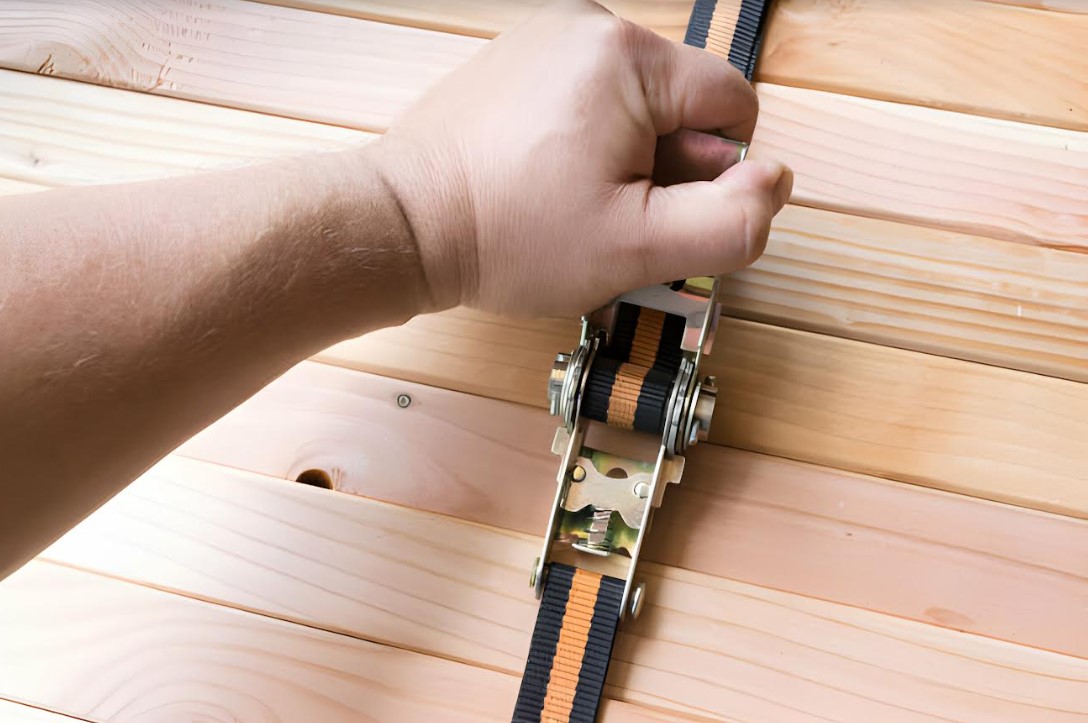
I grew up as a Boy Scout. I learned everything Scouts learn, including how to tie knots. But that was a long time ago and in a faraway place. These days, I am less likely than ever before to use the knots I learned to tie with old pieces of discarded rope and sticks I found lying on the ground. These days, I am more apt to use cam straps than ropes.
Tying Knots Was an Art Form
Back in the day, tying knots was an art form. It was something every Scout learned. But we Scouts were not alone. Anyone into a wide variety of outdoor sports knew their knots. I’m talking anglers, sailors, hikers, hunters, etc. As for me, I knew them all.
The first knot I learned to tie was the square knot. It is about as simple as knot tying can be. From there I learned lots of other knots:
- Clove hitch
- Bowline
- Half hitch
- Two half hitches
- Sheet bend
- Butterfly loop
- Fisherman’s knot
I could go on, but I suspect you get the point. I still remember how to tie most of the knots nearly 50 years after learning them. But to be honest, there is only one I still use on a regular basis: two half hitches. On the limited occasions for which I need to use rope, two half hitches serve me well. But that is not the point of this post. The point is that I now use cam straps whenever possible.
Cam Strap Basics
What is a cam strap, you ask? It is a strap made of nylon webbing material and secured with a cam buckle. The cam buckle is a specific kind of buckle that doesn’t require a ratchet to secure. You thread the loose end of the strap through the buckle and over a cam, then pull it tight. A spring-loaded pressure plate digs into the webbing and holds the strap secure.
I preferred Rollercam brand. Their cam straps feature a patented rolling cam that reduces friction. This allows you to pull the strap extremely tight with very little effort. So much so that you need to be careful not to over tighten.
I use cam straps instead of rope for multiple reasons. At the top of the list is the fact that the straps are so easy to use. I can slip a strap through a cam buckle with a lot less effort than it takes to tie knots. As someone quickly approaching retirement age, I appreciate the simplicity. I appreciate that ease-of-use.
Strong and Durable
Another reason I have transitioned to cam straps is that they are strong and durable. Don’t get me wrong. Rope is good. Rope serves a purpose. But nylon webbing material is as strong as rope, if not stronger. It’s also a lot more resilient. It is not bothered by moisture, temperature extremes, and other environmental influences that could wreak havoc on rope.
Choose a quality brand and you will also get a tough and durable cam buckle that should function perfectly for decades. In addition, cam buckles only require minimal maintenance. They hold straps more securely than I could accomplish with ropes and knots.
By the way, cam straps aren’t ideal for every application. You wouldn’t use them on a sailboat in place of traditional ropes and knots. But for things like tying down cargo and rigging a kayak prior to hitting the white water, cam straps are superior. At least that’s my take on things. I remember all my knots, but I would rather use a cam strap.
